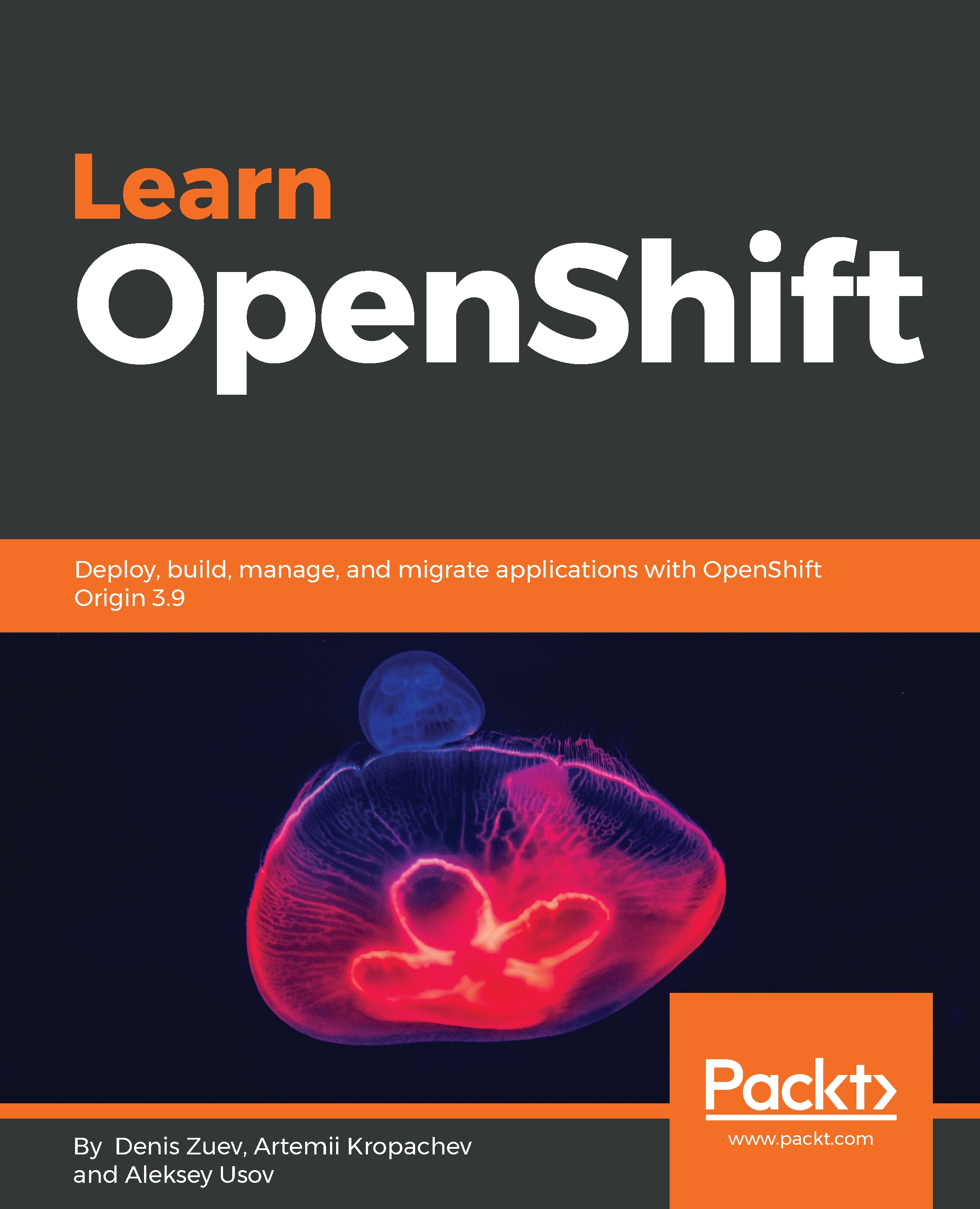OpenShift supports S2I builds for PHP, and also for many other runtimes. The S2I process produces a ready-to-run image by combining the source code of an application with a base builder image, which prepares the application. The builder is a special image that is able to handle application installation and configuration for a particular programming language/framework. For example, the PHP builder can only handle PHP source code, and it doesn't support Java by default. Most of the frequently used programming languages, like Python, Ruby, Java, and Node.js, are already covered by OpenShift built-in builders. The S2I process involves the following steps:
- Determining the correct base builder image. This process relies on complex heuristics and primarily involves looking for specific files and file extensions, like Gemfile for Ruby on Rails, or requirements.txt for Python...


